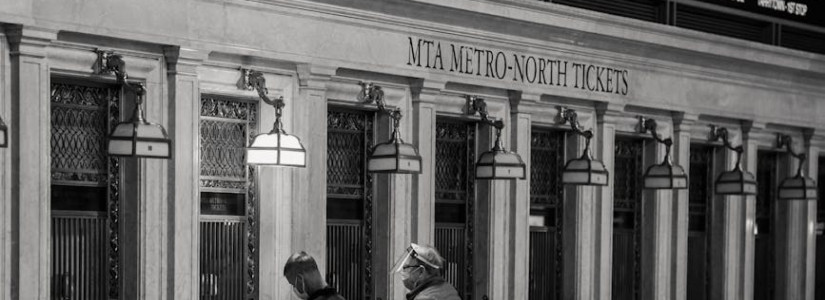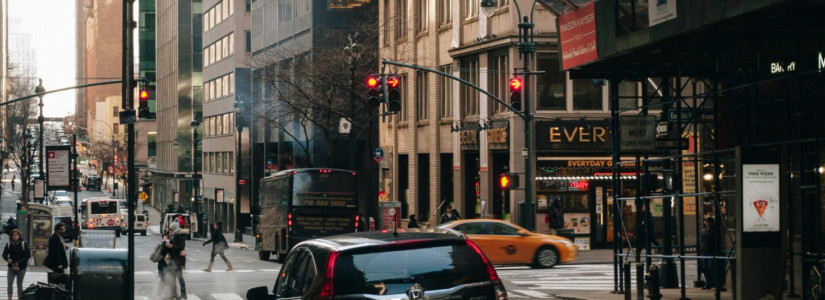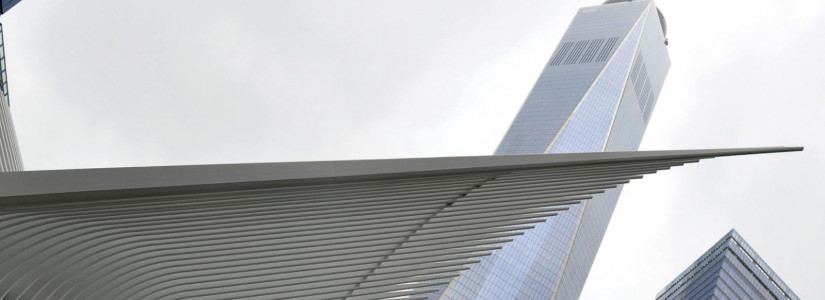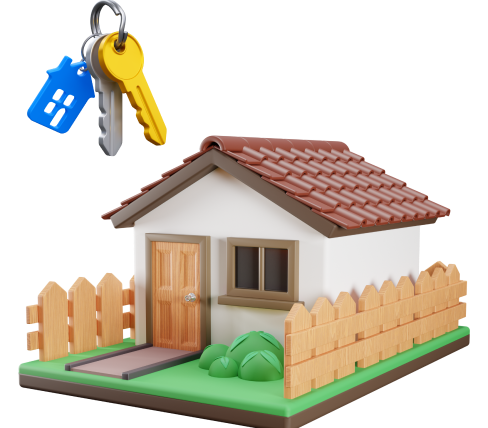More High Rise Housing on the Docket
When you think of the word "blight," you likely think of falling down houses, a lot of poverty and despair, and people who were once vibrant but are now struggling. Inevitably, most people who think of blight will also think of a state like Michigan. Once the manufacturing hub of the entire globe, Michigan is now just barely clinging on and has lost more than most states have ever gained. They still do have some beautiful cities and booming economies. Ann Arbor, for instance, is a city in Michigan just west of Detroit that is known as a beautiful, booming destination for commerce and tourism. However, that's only the "good part" of the city, as it were. Much of Ann Arbor's inner city is practically identical to Detroit, and that word "blight" comes up again. This is why the city is proposing a new high-rise housing project to house hundreds of low-income families in the area.
As of right now, all we know about Ann Arbor's new project is that it has been given the green light by the state and city, and it will tap into some federal funds passed by Congress in order to make the project happened. One proposal plan in early stages of development display a huge project with four separate towers built into two sections, along with a rec center on the property. It is unclear just how many tenements this project will hold, though it will be every bit of one hundred apartments minimum. This is at least one hundred low-income families who will have somewhere affordable to live.
It is also unclear just how much this will cost the city to build. Unfortunately for these sorts of projects, public construction ends up costing millions more than private construction. Whether that's due to fraud or waste, or perhaps both, is the topic for another investigative article. Suffice to say for this piece, Ann Arbor will be investing well in excess of $100 million into this, which is a much larger price tag than it would cost if a private company were to build it. However, private companies aren't in the business of building houses without return. That is historically the government's domain.
The Curse of the High Rises
Unfortunately for well-meaning people who create these high-rise housing projects, they have a 100% ratio in America of turning into ghettos, or "the projects" or "PJs" as they're called colloquially. It really is a shame. Cities and states and spending millions upon millions of dollars to construct high-rise housing tenements for low-income families, and within a decade, these properties are entirely trashed and they end up housing a criminal element that the police are just unequipped to deal with. This isn't a socioeconomic essay exploring all of the causal factors that go into this reality. This is merely pointing out that this is the reality that exists in America.
Every single time a city builds a high rise project in good faith, it inevitably turns into an inner city ghetto within a decade. What starts as spacious apartments with state of the art appliances and hardwood and tile floors and working elevators transforms into slums that are falling apart. And the people within them take to the airways in protest to claim that racial oppression is what keeps these properties from looking beautiful and performing well. Meanwhile, the cities that build these projects claim that they were high-end once completed, but they are quickly shut down, accused of racism, and most courts will make them rebuild projects elsewhere.
The cycle continues. Again, this isn't a blame game nor a piece exploring the reasons that this reality sets in. It is just expressing the sad reality of what happens to these locations. With any luck, Ann Arbor will be able to figure this out and keep their housing projects from becoming just another statistic in America.
It truly is a shame to put so much time and effort into constructing affordable housing for the nation's most vulnerable people, only to then have these projects completely trashed, and the city blamed for it all on top. These things discourage cities from building more low-income housing, as the thought is that it becomes more trouble than it's worth. If Ann Arbor can find the right balance here and break the mold, then these sorts of projects can continue. If not, it's just another project in America that will become a ruin in a decade.









